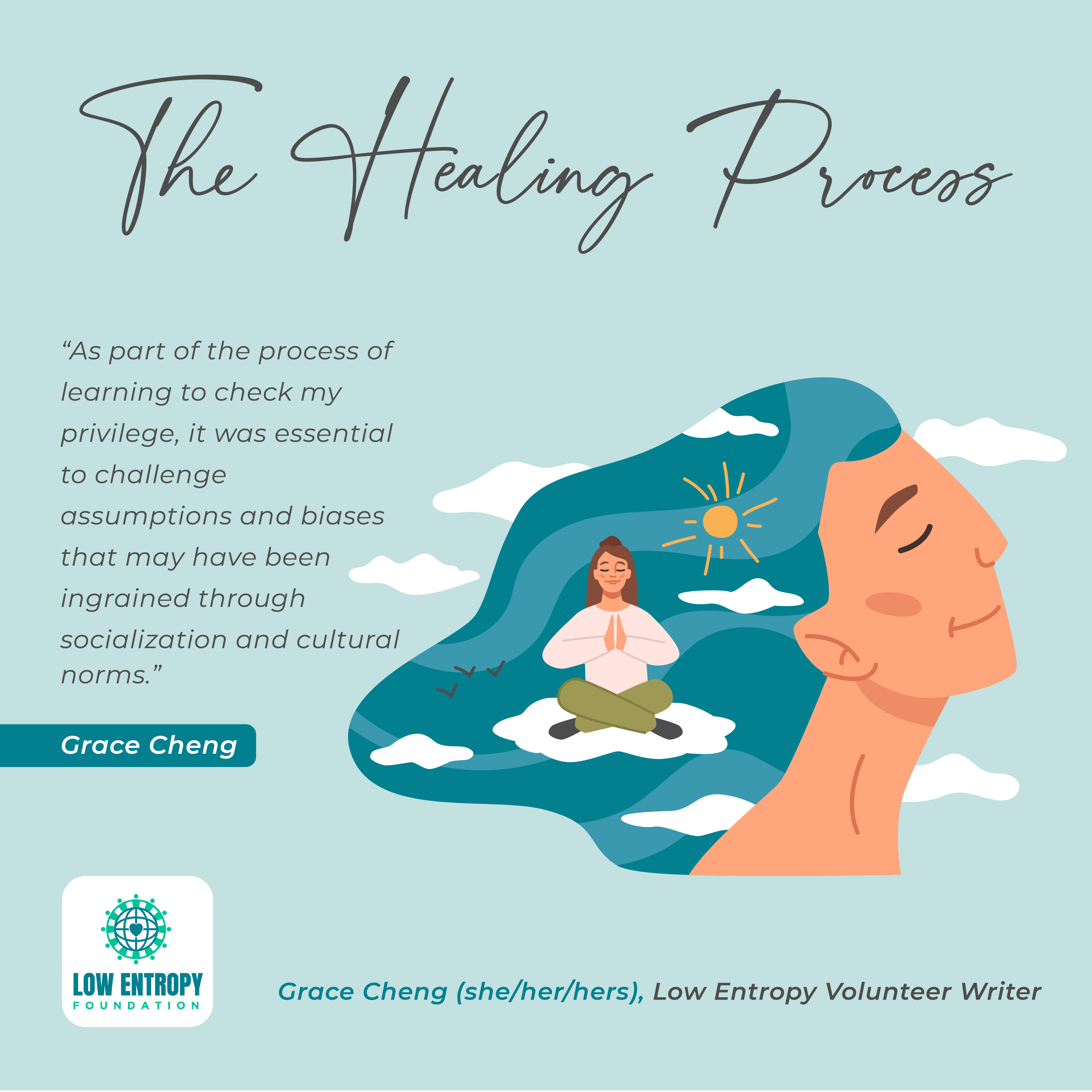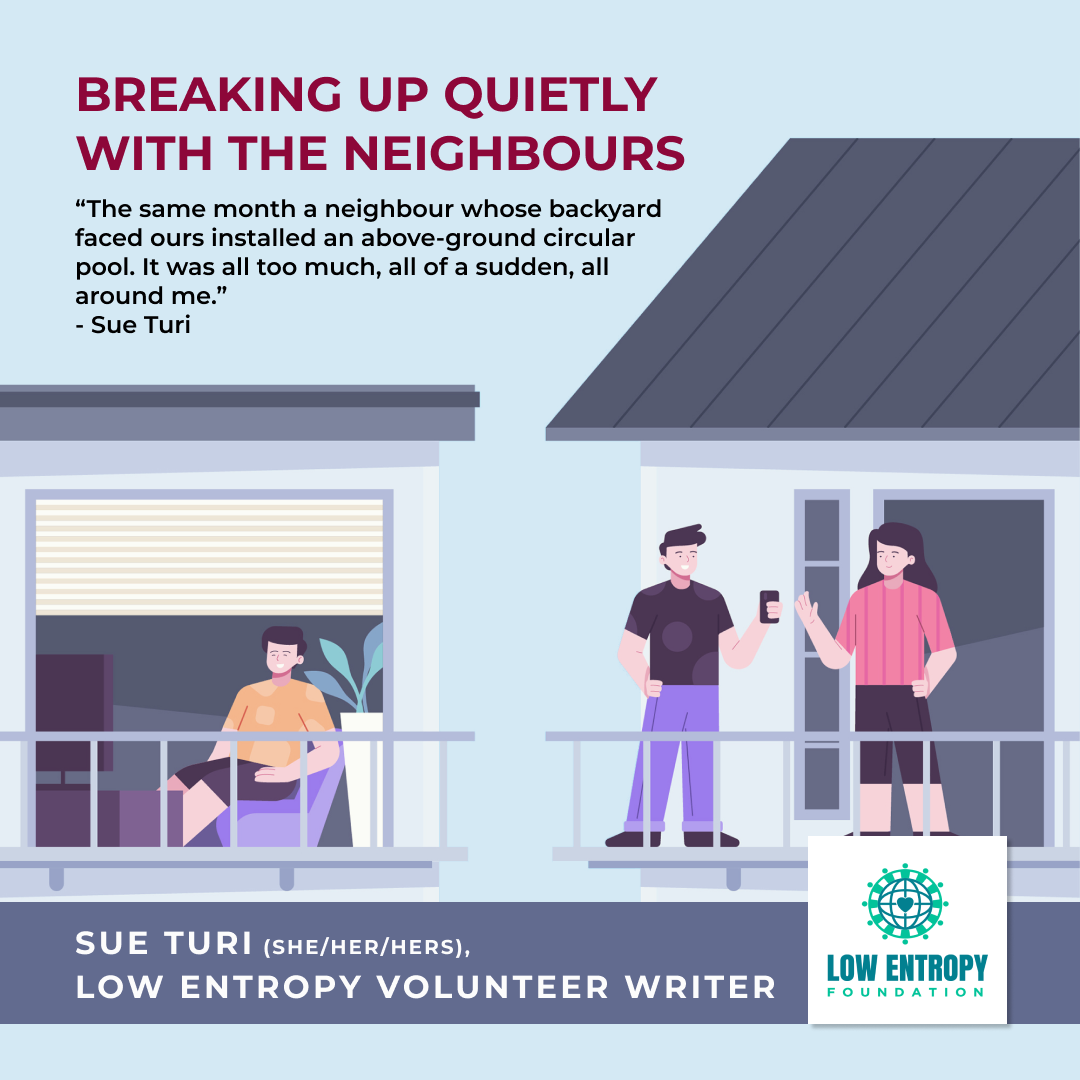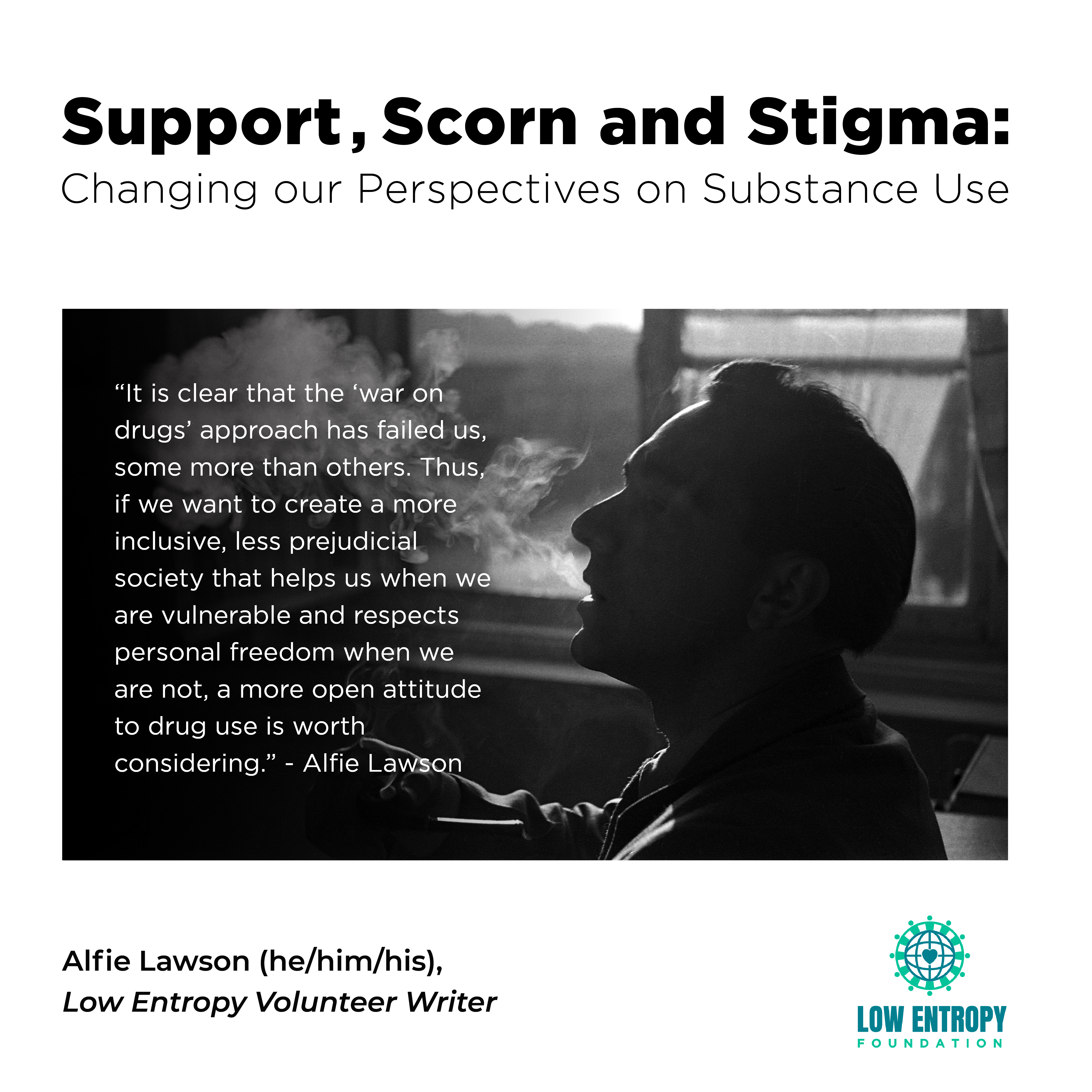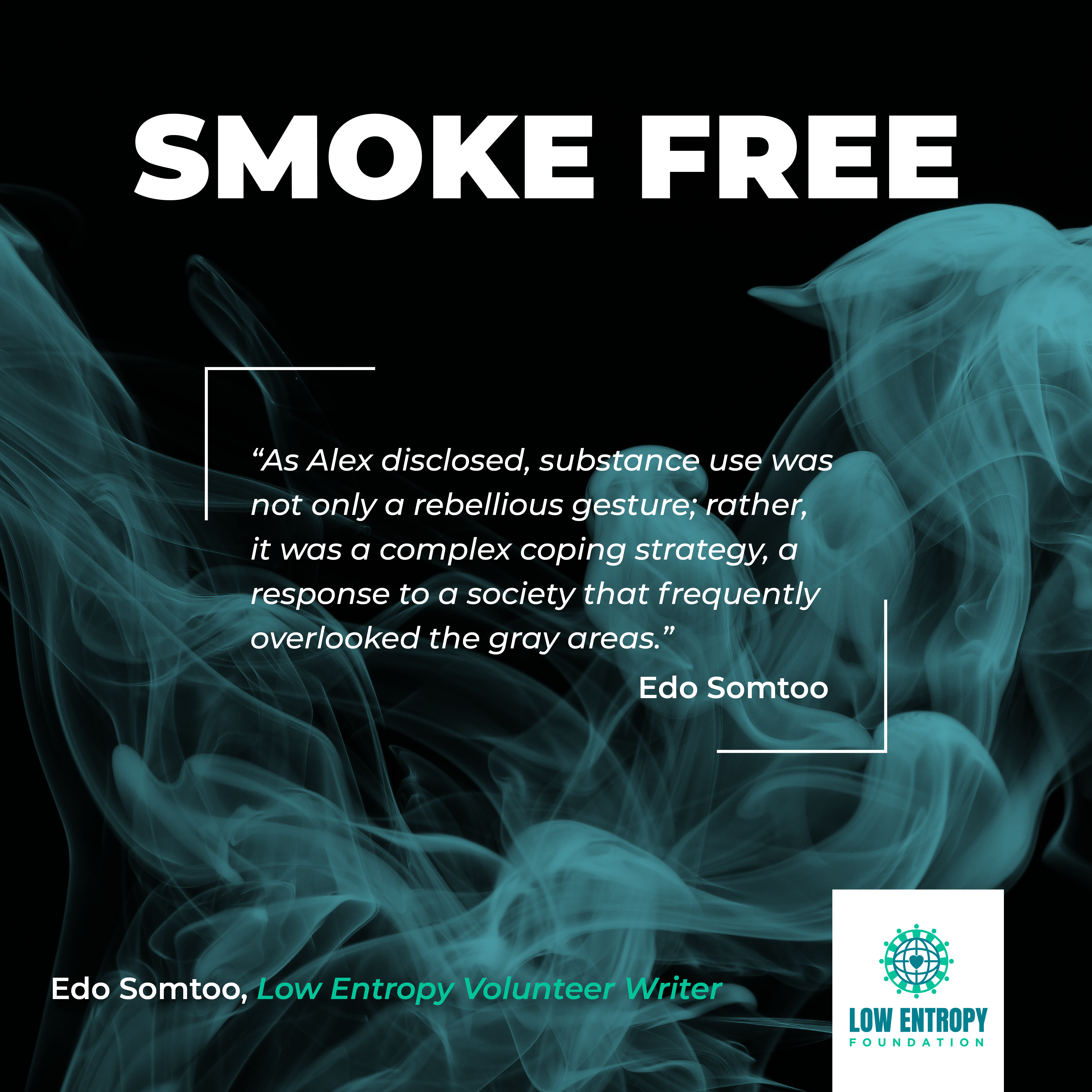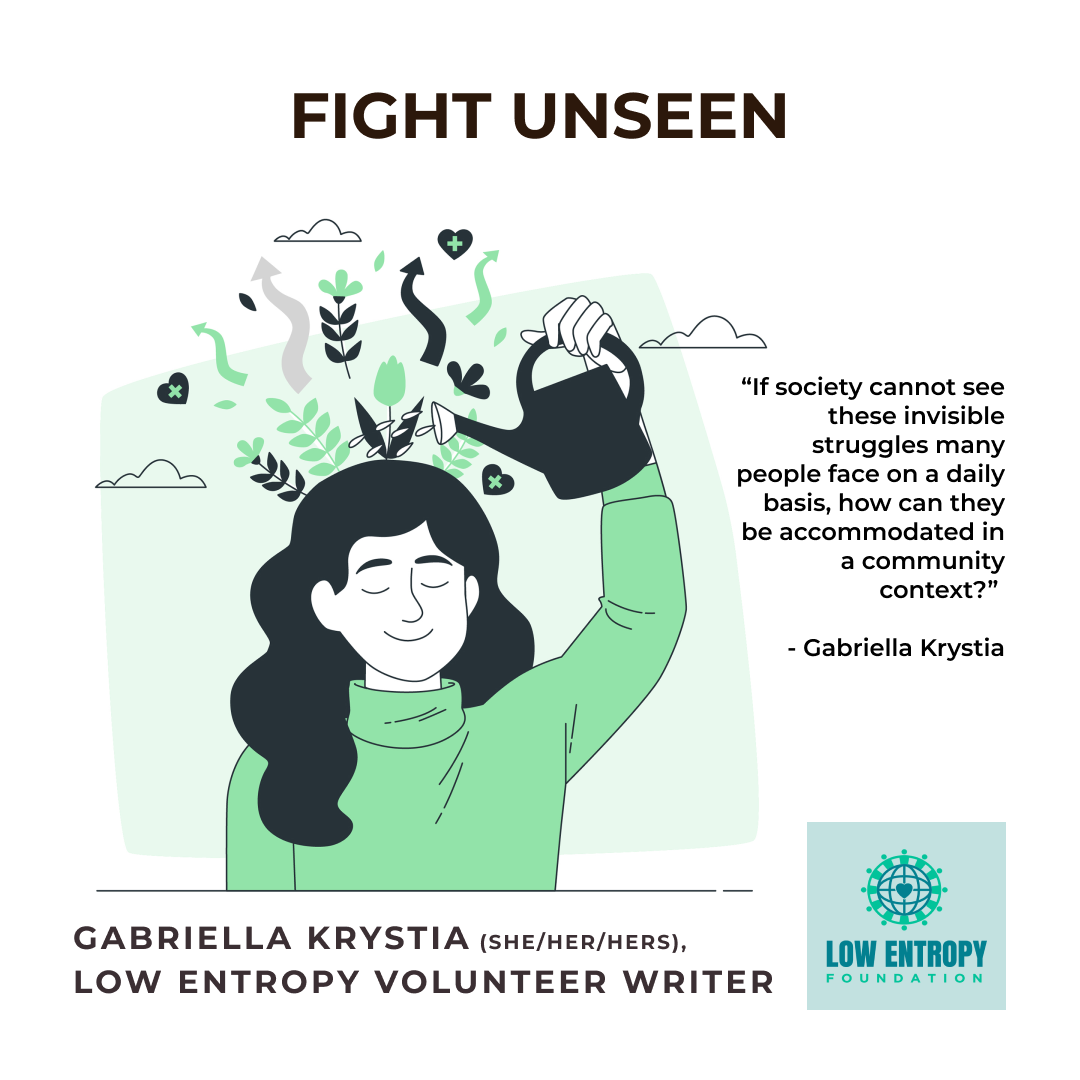Grace Cheng (she/her/hers), Low Entropy Volunteer Writer
Have you ever experienced a moment in your life when you realized that your perspective was limited and that there was much more to consider? This is exactly what happened to me when I learned to check my privilege. It was a transformative experience that made me aware of the unequal social structures that exist in our society. Checking my privilege has helped me to become a more empathetic and socially aware individual.
We must first define privilege to understand it. The term privilege is used to describe the unearned advantages and benefits that individuals enjoy purely because of their identity or social standing. Several factors can contribute to this, including race, gender, sexual orientation and socioeconomic status. Privilege is something that we do not acquire consciously, rather it is bestowed upon us by society.
As a child, I remained unaware of the privileges that were ingrained in my life due to my race, gender, socioeconomic status, and academic status. Only through engagement in conversations and education did I begin to grasp the concept of privilege and its pervasive nature.
By examining my own experiences critically, I have been able to identify moments during which privilege was at work. My realizations, including the security of having access to quality health care and a stable support system, caused me to question the fairness of a system whose benefits are confined to only a small percentage of the population.
It was often through education and awareness that I began the journey of learning to check my privilege. My process involved engaging with literature, attending workshops and seminars, and conversing with individuals with different lived experiences. Through these experiences, I gained a greater understanding of the impact of privilege on individuals and communities. This is a continuous process that requires a commitment to self-reflection and continuous learning.
The process of unlearning and relearning was not linear. To accomplish this goal, I had to admit my own mistakes, take responsibility for my actions, and commit to growth and change. While this process was often humbling and disorienting, it was an essential component of personal and collective transformation.
As part of the process of learning to check my privilege, it was essential to challenge assumptions and biases that may have been ingrained through socialization and cultural norms. A commitment to critical examination of my own beliefs, behaviors and societal structures that perpetuate privilege and oppression was necessary for this process. Even though it can be uncomfortable and even painful to confront these deeply held beliefs, it is an essential part of the healing process.
The concept of intersectionality was one of the most valuable lessons I learned on my journey of examining my privilege. It has been eye-opening to learn that individuals can experience multiple forms of privilege and oppression at the same time. There was a strong emphasis placed upon acknowledging not only our privilege, but the intersecting systems of privilege and oppression that shape our society.
In my journey to check my privilege, I have come to understand the importance of empathy and action. It is essential to demonstrate empathy by actively listening to the experiences of others, validating their perspectives and seeking to understand how privilege and oppression work in their lives. To achieve empathy, action must be taken, whether it involves advocating for systemic change, amplifying marginalized voices or actively challenging discrimination and inequality.
My recognition and understanding of my privilege prompted me to become more determined to contribute to fostering a more equitable society. The challenge involved actively supporting a range of causes focused on dismantling systemic barriers, amplifying marginalized voices and creating inclusive spaces that recognize and value diverse perspectives.
The process of checking my privilege was not a one-time event, but rather an ongoing one. It requires constant self-reflection, an understanding of current social issues and an active engagement in seeking out diverse viewpoints. I hope that by continuing to learn and unlearn, I will be able to be more accountable and responsive to the needs of others.
Checking my privilege has been a transformative and enlightening experience for me. I have gained a deeper understanding of the world through a more empathetic and nuanced perspective, acknowledging the power dynamics that shape our society. By recognizing my advantages, I strive to use them as a catalyst for social change and work toward building a society that is fair and equitable for all. It is time for us all to embark on this journey of self-reflection and actively challenge the systems that perpetuate inequalities.
—
Grace has an accounting and finance background. She enjoys reading, writing, listening to music, watching movies and playing sports.







